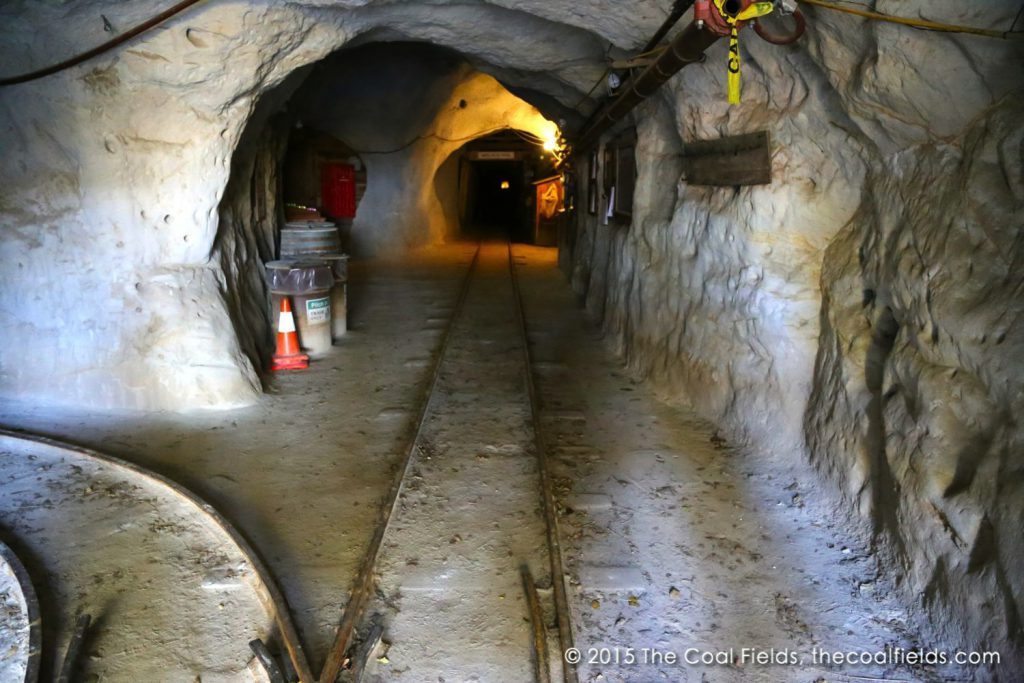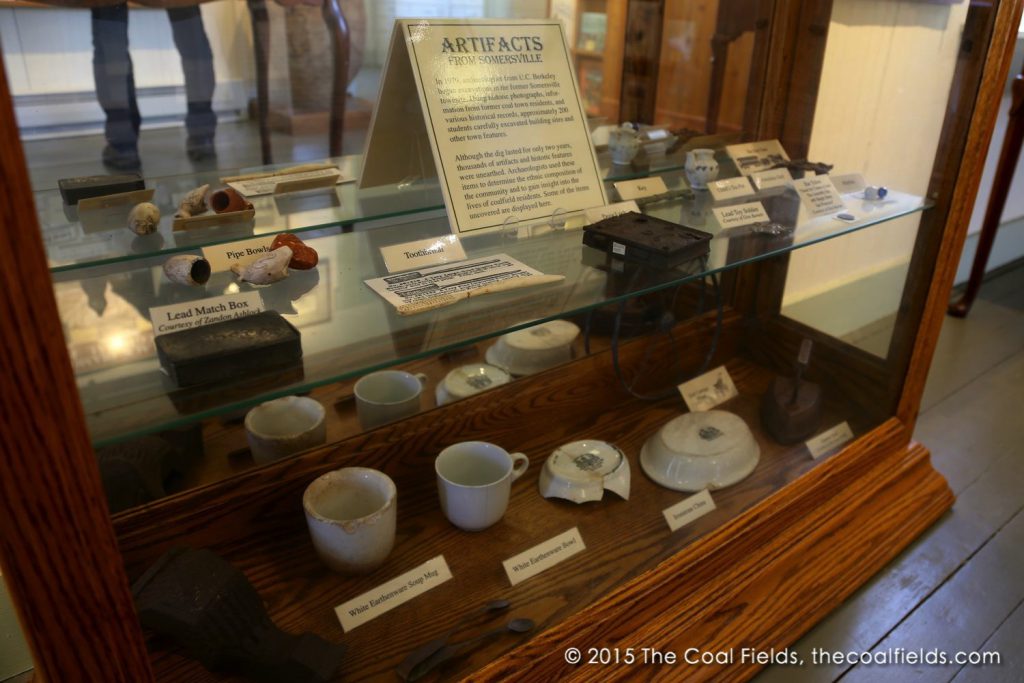California may not be the first state that comes to mind when contemplating coal mining, yet coal was a critical energy resource for the fledgling state. The Mount Diablo Coalfield in California’s east bay produced over four million tons of coal between 1850 and 1906. Today, it is a 6,000-acre park encompassing 5 ghost towns and twelve closed coal mines.

Before rail spanned the nation, California relied heavily on shipments of coal. Yet, cargo could be delayed, waylaid, or even lost and the growing communities of gold rush California were struggling to power themselves. Fortunately for the denizens of the San Francisco Bay Area, Sacramento, and other California towns, the Mount Diablo Coalfield, in Contra Costa County, turned out to be California’s largest coal mining operation.
While the coal mined was sub-bituminous or lignite coal, relatively low grade, it was the only economical source of energy at the time. With such high demand, twelve coal mines developed: the Empire, Central, Star, Corcoran, Pittsburg, Manhattan, Eureka, Independent, Union, Black Diamond, Mt. Hope, and Cumberland mines. By the 1860s, there were five thriving coal mining towns: Nortonville, Somersville, Stewartville, West Hartley and Judsonville. Nortonville was the largest town with a population of around 1,000.
Despite an increasing population, demand for the region’s coal began to wain by the turn of the century. Mines gradually closed as rising production costs and competition from alternative energy sources made continued operations unprofitable. Better quality coal from other states became available along with competition from petroleum.
With the decline and eventual end of coal mining activity in the area, some miners found a new career in returning the land to its original use of ranching. Mining buildings were converted back into barns. Fences were built with railroad ties for fence posts. Even boilers were converted into water troughs.

While coal mining in the region was at an end, the 1920s saw the beginning of sand mining around the sites of Nortonville and Somersville. The high-quality silica sand was used for glass and casting. Demand resulted in 1.8 million tons of sand being mined. Yet, like coal, competition from cheaper Belgian sand and dwindling demand after the closing of a steel foundry in San Francisco eventually lead to the end of sand mining in the area in the 1940s.
The land was eventually acquired by the East Bay Regional Park District in the early 1970s. While little of the prosperous coal towns remain and most of the mines are closed to the public, the park is open to hikers and recreational uses along with limited access to certain historic mines and artifacts.
Hazel-Atlas Mine Tour
The Hazel-Atlas Mine was a silica sand mine yet shares many of the same mining characteristics and techniques that had been used in the coal mines of the area without the health risks of it’s neighboring mines. Sand from this mine was used in the production of glass items such as jars and bottles by the Hazel-Atlas Gas Company plant in Oakland, CA. Guided one and a half hour tours* take visitors 950 feet into the mine to see workings, chutes, and the shifter’s office.
Greathouse Visitor Center
Located in an underground chamber of a 20th-century sand mine, the Greathouse has been converted into an educational visitors center. See displays on the mine’s workings and learn about the miners that worked them. Exhibits, artifacts, and videos about the parks coal and sand mining days are all available at this center.

Sidney Flat Visitor Center
While the Hazel-Atlas Mine and Greathouse Visitor Center are only open betweenMarch through November, the Sidney Flat Visitor Center remains open, during park hours, throughout the year. The visitor center is located in historic coal mining era structures and houses pictures and artifacts from the coal mining era. Helpful rangers can highlight points of interest around the park.
*Tours run, first come first serve, noon and 3 p.m. weekends only March through November. Visitors are advised to arrive an hour before their intended tour.




